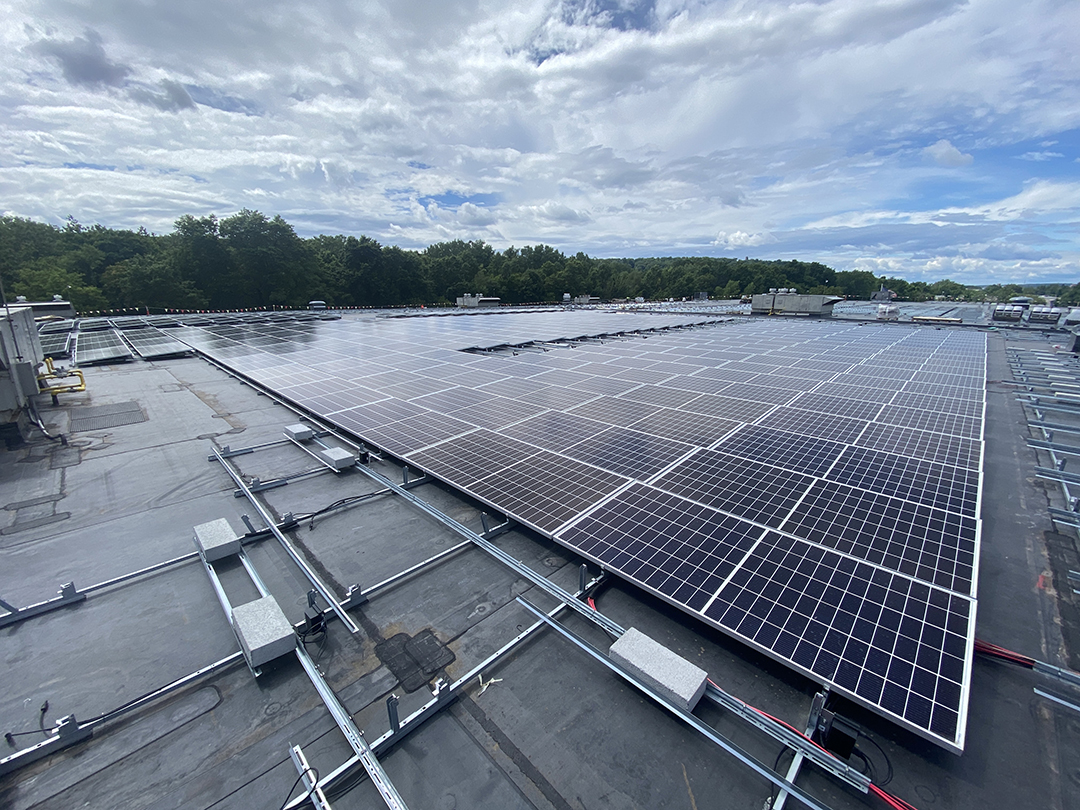The old playbook for commercial real estate energy projects is obsolete. For years, the strategy was simple: chase subsidies, pencil out the returns from a tax credit, and install solar panels. But a fundamental shift in the energy landscape has rendered this approach insufficient. The new game isn’t about finding external financial handouts; it’s about proactively managing your most critical and finite resource: electrical capacity.
The forward-thinking CRE leader of 2025 isn’t a subsidy hunter; they are a capacity manager. This paradigm shift is being driven by a powerful combination of market forces and technological opportunities, and it positions energy efficiency not as a “green” afterthought, but as the cornerstone of modern asset management.
The New Currency: Capacity as a Finite Resource
Imagine your building’s electrical service as a piece of prime real estate itself—it’s finite, and its value is skyrocketing. On one side, a tidal wave of demand from data centers, EV fleets, and reshored manufacturing is consuming this capacity at an unprecedented rate. The Department of Energy’s projection of a 30% jump in electricity consumption by 2030 isn’t just a statistic; it’s a direct threat to a building’s ability to service its tenants and remain competitive.
On the other side, the traditional incentive structure is faltering. While the 30% Investment Tax Credit (ITC) exists, its new rules and deadlines have turned it from a reliable tailwind into a complex, time-bound hurdle. Relying on it is now a gamble. In this high-stakes environment, the only guaranteed way to increase your building’s valuable capacity is to reduce the waste within it. Every kilowatt-hour saved through smart controls, optimized HVAC, and LED retrofits is essentially new capacity you’ve “built” without a single construction permit.
De-Risking the Asset: Efficiency as Your Primary Hedge
Smart investors don’t just chase returns; they manage risk. In today’s CRE market, energy inefficiency is one of the most significant and unaddressed risks. It manifests in three critical ways:
Regulatory Risk: Over 40 cities and 10 states have enacted Building Performance Standards with punishing fines for non-compliance. These aren’t future threats; they are current liabilities. Implementing efficiency now is a direct hedge against these escalating penalties, allowing you to bank savings and get ahead of tightening regulations.
Operational Risk: As grids become more unstable, the ability to “island” and maintain operations during an outage is a massive competitive advantage. Efficiency upgrades lower your baseline load, making it far easier and cheaper for backup generators or batteries to keep critical systems online. It’s the difference between a full building shutdown and business as usual.
Financial Risk: Volatile wholesale energy prices are a certainty. Efficiency projects provide a fixed, predictable return by insulating your operating budget from these swings. This stability is invaluable for financial modeling and attracting long-term tenants.
By viewing efficiency through the lens of risk management, the conversation moves from a discretionary ESG spend to a mandatory capital allocation for protecting the asset’s value.
The Modern CRE Owner’s Toolkit: Technology and Capital Converge
The good news is that the tools to execute this strategy are more powerful and accessible than ever. This is no longer a theoretical exercise; it’s a practical, implementable reality.
The Intelligence Layer: AI-driven building management platforms have moved from novelty to necessity. They pull data from submeters, occupancy sensors, and weather forecasts to autonomously fine-tune a building’s systems. As demonstrated in projects like Manhattan’s 45 Broadway, where AI cut HVAC energy use by nearly 16%, this technology delivers measurable, hard-dollar savings while freeing up operations teams from manual troubleshooting.
The Financial Enablers: The excuse of “no capital” is no longer valid. A mature financing ecosystem has emerged to remove upfront costs. Commercial Property Assessed Clean Energy (C-PACE) programs offer 100%, long-term financing secured by the property itself. More innovatively, “Energy-as-a-Service” (EaaS) providers treat the entire upgrade—design, installation, maintenance—as a service, paid for via a single monthly operational fee. This transforms a capital-intensive project into a predictable operating expense with immediate positive cash flow.
Charting the Course to 2030 and Beyond
The ultimate goal for any portfolio remains decarbonization and resilience, and solar + storage will undoubtedly play a major role. But the sequence has changed. Rushing into a solar project without first addressing the foundational efficiency of your building is like trying to fill a leaky bucket—you’re spending capital to generate power you’re just going to waste.
The winning strategy is to first wring out every ounce of inefficiency, thereby flattening the load curve and freeing up capacity. Then, and only then, do you add a right-sized solar and storage system to meet the reduced, optimized demand.
This “efficiency-first” approach allows CRE owners to take control of their destiny. It’s a move from being a passive victim of policy and market swings to an active architect of a more profitable, resilient, and valuable asset. The leaders who embrace this new mindset will be the ones who not only survive the energy transition but thrive in it, building portfolios that are primed for the electrified economy of the future.


